Architect Walter Gropius was the influential director of the Bauhaus school. Supporters of this 20th-century German school placed emphasis on form following function. Walter Adolph Gropius was born in Berlin on May 13, 1883. The son of an architect, Gropius studied architecture in Munich and Berlin. In 1907, Gropius joined the office of Peter Behrens, one of the first architects to apply the principles of Neue Sachlichkeit or New Objectivity. This early movement emphasized technology and function, placing purpose over style. Inspired by this philosophy, in 1911 Gropius designed the Fagus Works in Alfeld-an-der-Leine.
Nineteenth-century factories were dark and unhealthy so Gropius designed the facade with glass panes to let in light. Unlike 19th-century factories that centralized work in one space, Gropius divided the shoe-last factory into sections for different stages of production. His modern design helped speed up production and increase efficiency. In 1919, Gropius founded Bauhaus by combining two schools. Bauhaus or “house of building,” was a play on the German word Hausbau. hausbau = building of a house. As director, Gropius made Bauhaus the first school to teach the architectural style of new objectivity. Gropius wanted to wed artistic creativity to the needs of the industrial world. In 1924, Bauhaus built a new school in Dessau. It was another example of his signature architecture. His design for the school featured big, horizontal windows and clearly separated rooms and used new building materials like reinforced concrete.
Adolf Hitler's Nazi Party closed the school in 1933. The schools' association with artists and left-leaning politics made Gropius suspect in the eyes of Nazi authorities. Unsympathetic to the Nazi regime, he left the country. Gropius first went to London in 1934. Three years later, he began teaching architecture at Harvard University. In 1946, Gropius founded a new studio called The Architects' Collaborative or (TAC). Many noteworthy building designs came out of TAC, including the Harvard University Graduate Center and the Bauhaus Archive, built in West Berlin ten years after Gropius died. Walter Gropius died on July 5, 1969 in Boston. He was 86. His teaching inspired a generation of architects. Bauhaus principles are still taught today, making Gropius a major influence on the development of modern architecture.
Nineteenth-century factories were dark and unhealthy so Gropius designed the facade with glass panes to let in light. Unlike 19th-century factories that centralized work in one space, Gropius divided the shoe-last factory into sections for different stages of production. His modern design helped speed up production and increase efficiency. In 1919, Gropius founded Bauhaus by combining two schools. Bauhaus or “house of building,” was a play on the German word Hausbau. hausbau = building of a house. As director, Gropius made Bauhaus the first school to teach the architectural style of new objectivity. Gropius wanted to wed artistic creativity to the needs of the industrial world. In 1924, Bauhaus built a new school in Dessau. It was another example of his signature architecture. His design for the school featured big, horizontal windows and clearly separated rooms and used new building materials like reinforced concrete.
Adolf Hitler's Nazi Party closed the school in 1933. The schools' association with artists and left-leaning politics made Gropius suspect in the eyes of Nazi authorities. Unsympathetic to the Nazi regime, he left the country. Gropius first went to London in 1934. Three years later, he began teaching architecture at Harvard University. In 1946, Gropius founded a new studio called The Architects' Collaborative or (TAC). Many noteworthy building designs came out of TAC, including the Harvard University Graduate Center and the Bauhaus Archive, built in West Berlin ten years after Gropius died. Walter Gropius died on July 5, 1969 in Boston. He was 86. His teaching inspired a generation of architects. Bauhaus principles are still taught today, making Gropius a major influence on the development of modern architecture.
RELATED


PIERO MANZONI


JOHN CONSTABLE
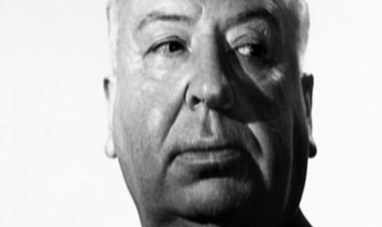

ALFRED HITCHCOCK


PHIDIAS


SYDNEY OPERA HOUSE


RAPHAEL


MARTHA GRAHAM


INGMAR BERGMAN


KATE MOSS


DONATO BRAMANTE


MICHELANGELO BUONARROTI


GEORGE BALANCHINE


LUIS BUÑUEL


GUSTAVE COURBET


THÉODORE GÉRICAULT


MARILYN MONROE


ANTONIO CANOVA


PAUL CÉZANNE


AMEDEO MODIGLIANI


ERNST LUDWIG KIRCHNER


STEVEN SPIELBERG


FRANCISCO GOYA


ANTONI GAUDÍ


SERGIO LEONE
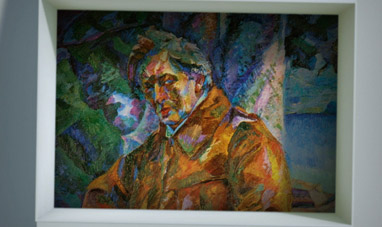

UMBERTO BOCCIONI
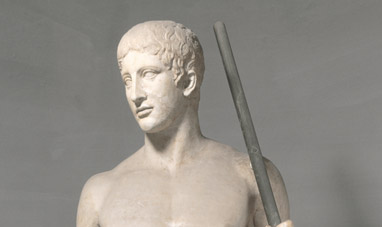

POLYCLEITUS
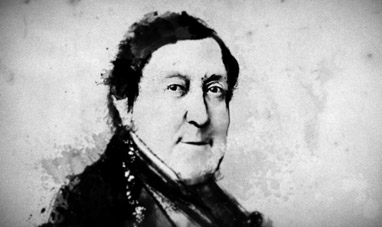

GIOACCHINO ROSSINI


FRANCIS SCOTT FITZGERALD


GIANLORENZO BERNINI
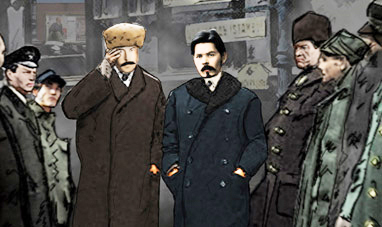

MAXIM GORKY


ROBERT ADAM


MICHELANGELO PISTOLETTO


JOHN WAYNE


ANDREI TARKOVSKY


GUSTAVE EIFFEL


LOUIS KAHN
